Q2:
AS & A Level Chemistry - 9701 Paper 2 2009 Summer Zone 1

More Questions from this Topic
Theory
CH10 - GROUP 2
(a) Disodium phosphate, $(\text{Na}^+)_{2}(\text{HPO}_4^{2-})$, reacts with an acid to form monosodium phosphate, $\text{Na}^+(\text{H}_2\text{PO}_4^-...
2024
 Winter
Winter
 Winter
Winter
 2
2
Theory
CH10 - GROUP 2
(a) Table 3.1 shows some properties of two Group 14 elements, C and Sn, in their standard states. The table is incomplete.\begin{center} Table 3.1 \en...
2024
 Winter
Winter
 Winter
Winter
 2
2
Theory
CH10 - GROUP 2
(a) (i) Describe the trend in the solubility of the hydroxides of magnesium, calcium and strontium.Explain your answer...................................
2024
 Summer
Summer
 Summer
Summer
 2
2
Theory
CH10 - GROUP 2
(a) Disodium phosphate, $(Na^+)_2(HPO_4^{2-})$, reacts with an acid to form monosodium phosphate, $Na^+(H_2PO_4^-)$.(i) Identify the ions that are a c...
2024
 Winter
Winter
 Winter
Winter
 2
2
Theory
CH10 - GROUP 2
The Group 2 elements Mg to Ba are all silvery-white reactive metals.(a) (i) Draw a labelled diagram to show the bonding and structure of the Group 2 m...
2023
 Spring
Spring
 Spring
Spring
 2
2
Theory
CH10 - GROUP 2
(a) (i) State the variation in solubilities of group 2 hydroxides........................................................................................
2023
 Winter
Winter
 Winter
Winter
 2
2
Theory
CH10 - GROUP 2
NO and NO_2 react at 25 °C to give N_2O_3 as shown in the equation.NO(g) + NO_2(g) \rightleftharpoons N_2O_3(g) \hspace{5mm} \Delta H = -7.2 \, \text...
2023
 Winter
Winter
 Winter
Winter
 3
3
Theory
CH10 - GROUP 2
(a) (i) State the variation in solubilities of group 2 hydroxides. ......................................................................................
2023
 Winter
Winter
 Winter
Winter
 2
2
Theory
CH10 - GROUP 2
(a) Group 2 nitrates decompose when heated. Describe how the thermal stability of Group 2 nitrates changes with increasing proton number. Explain your...
2023
 Summer
Summer
 Summer
Summer
 2
2
Theory
CH10 - GROUP 2
(a) The most common zinc mineral contains zinc(II) sulfide, ZnS.(i) Complete the electrons in boxes diagram in Fig. 1.1 to show the electronic configu...
2023
 Spring
Spring
 Spring
Spring
 3
3
More Questions from year 2009
Theory
CH1 - ATOMS, MOLECULES & STOICHIOMETRY
Copper and titanium are each used with aluminium to make alloys which are light, strong and resistant to corrosion. Aluminium, $Al$, is in the third p...
2009
 Summer
Summer
 Summer
Summer
 2
2
Theory
CH10 - GROUP 2
Magnesium will react on heating with chlorine, or oxygen, or nitrogen to give the chloride, or oxide, or nitride respectively. Each of these compounds...
2009
 Summer
Summer
 Summer
Summer
 2
2
Theory
CH15 - HYDROCARBONS
Concern over the ever-increasing use of fossil fuels has led to many suggestions for alternative sources of energy. One of these, suggested by Profess...
2009
 Summer
Summer
 Summer
Summer
 2
2
Theory
CH22 - ANALYTICAL TECHNIQUES
(a) Complete the following reaction scheme which starts with ethanol.In each empty box, write the structural formula of the organic compound that woul...
2009
 Summer
Summer
 Summer
Summer
 1
1
Theory
CH22 - ANALYTICAL TECHNIQUES
(a) When F is formed in step I no other compound is produced. Suggest a structural formula for F, which contains one –OH group.(b) Compound G has tw...
2009
 Summer
Summer
 Summer
Summer
 2
2
Theory
CH1 - ATOMS, MOLECULES & STOICHIOMETRY
(a) Complete the electronic configuration of aluminium and of titanium, proton number 22.\[\begin{array}{|c|c|}
\hline
\text{Al} & 1s^2 \\
\hline
\tex...
2009
 Summer
Summer
 Summer
Summer
 2
2
Theory
CH10 - GROUP 2
(a) (i) Write an equation, with state symbols, for the second ionisation energy of calcium...............................................................
2009
 Summer
Summer
 Summer
Summer
 1
1
Theory
CH15 - HYDROCARBONS
Concern over the ever-increasing use of fossil fuels has led to many suggestions for alternative sources of energy. One of these, suggested by Profess...
2009
 Summer
Summer
 Summer
Summer
 2
2
Theory
CH22 - ANALYTICAL TECHNIQUES
(a) Complete the following reaction scheme which starts with propanone. In each empty box, write the structural formula of the organic compound that w...
2009
 Summer
Summer
 Summer
Summer
 2
2
Theory
CH22 - ANALYTICAL TECHNIQUES
Ethanol, CH$_3$CHO, can be converted into compound U by the following sequence.(a) When T is formed in step I, no other compound is produced.Suggest a...
2009
 Summer
Summer
 Summer
Summer
 2
2




 Share
Share




 Previous
Previous








